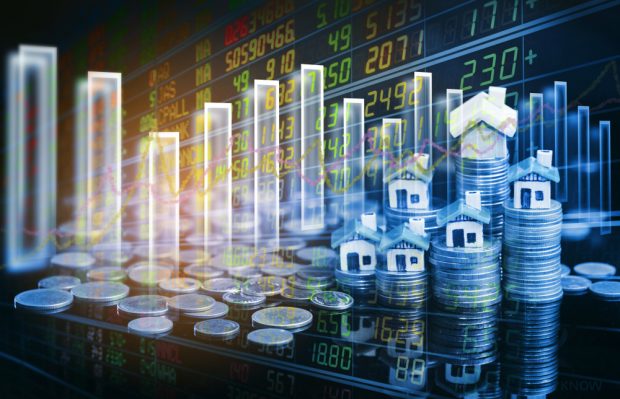For at least the past year, speakers at financial technology conferences – from the ubiquitous BAI Retail Delivery to smaller shows such as NetFinance Interactive—have been telling bank and credit union audiences of the pressing need to factor wearable technology into the mix.
In fact, Javelin Strategy & Research published a paper last year titled "Investing in Wearables for Financial Services – Why Now?" This paper called upon "financial services innovators" to start investing in wearable technology today.
One of the technologies highlighted in this paper was Google Glass, the computing device that looks and wears like a pair of eyeglasses. Six months after the report was published, Google halted all sales of Google Glass. The future of this product remains in question.
Recommended For You
So goes the slow evolution of wearable technology.
What's a Wearable Anyway?
As the name implies, a wearable is any type of digital device that can be worn like an article of clothing or jewelry. Headsets like Google Glass, smartwatches like the upcoming Apple Watch, and fitness wristbands like the Fitbit are all considered wearables. That's not to mention all of the wearable devices that are yet to be invented.
As noted earlier, Google Glass has stalled, and fitness wristbands are, of course, for fitness applications. That means that currently, financial technology experts are paying the most attention to smartwatches. It's important to keep in mind, though, that smartwatches are nothing new.
Timex introduced its Datalink watch in 1994. Although the Datalink was reasonably priced and a technological marvel for its time, it never managed to gain more than a cult following. The last Datalink model was introduced in 2003.
Granted, technology has advanced considerably since 2003. However, the question remains to be answered: Is there likely to be broad consumer acceptance of wearable technology sometime in the foreseeable future? And if so, is that acceptance likely to extend to financial transactions?
It's also worth noting that the current crop of smartwatches relies on tethering to smartphones for full functionality. In other words, forget your phone and home and you've also forgotten part of your watch.
Why Wearables?
Despite a slow start, all indicators point to a brighter future for wearables. For example, according to Statista.com, North American smartwatch sales totaled about 1.2 million units. In 2015, that number is expected to jump to 7.4 million.
As American consumers demand faster and faster access to their money, the smartwatch seems to represent a viable option. They appear well-suited for fraud and other alerts, quick balance checks, funds transfers, and even bill payments. This functionality is expected to become even more convenient as voice-activated technology becomes more commonplace.
Spending Time or Spending Money? Large banks like Wells Fargo, Barclays and U.S. Bank, among others, are spending money experimenting with wearable technology right now. So are several financial technology vendors, such as Paypal and Fiserv. Where does this leave the typical credit union?
With so many other areas demanding immediate intention, credit unions are well-advised to keep wearables on the technology radar. However, it will likely be at least a few years before they require actual monetary investment.
© Touchpoint Markets, All Rights Reserved. Request academic re-use from www.copyright.com. All other uses, submit a request to [email protected]. For more inforrmation visit Asset & Logo Licensing.






